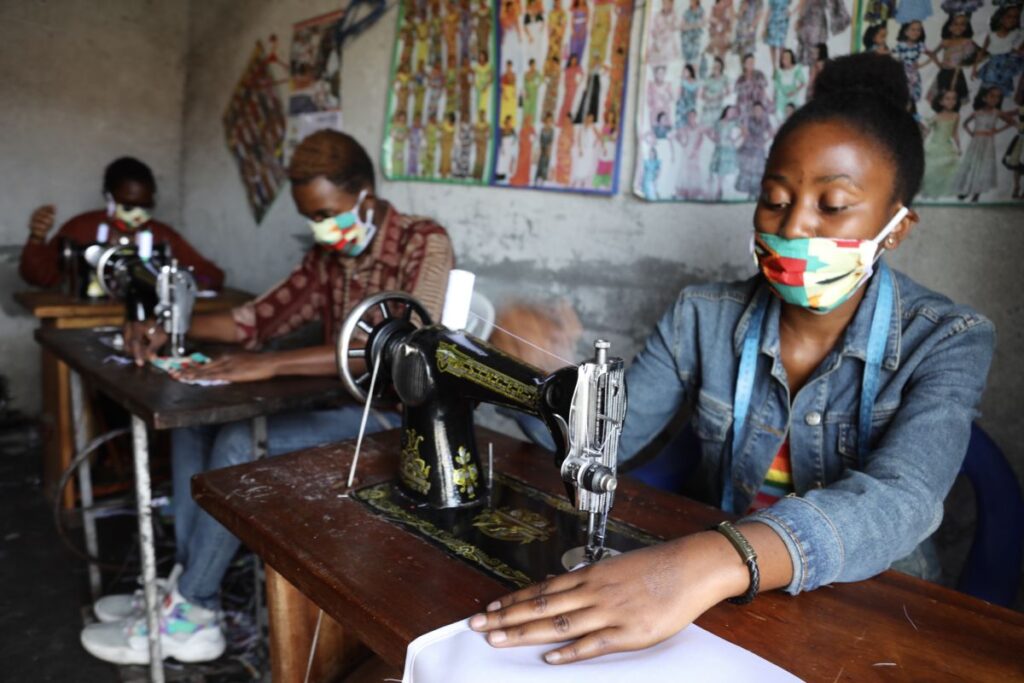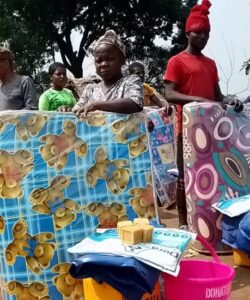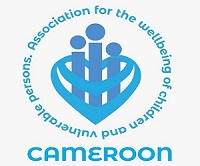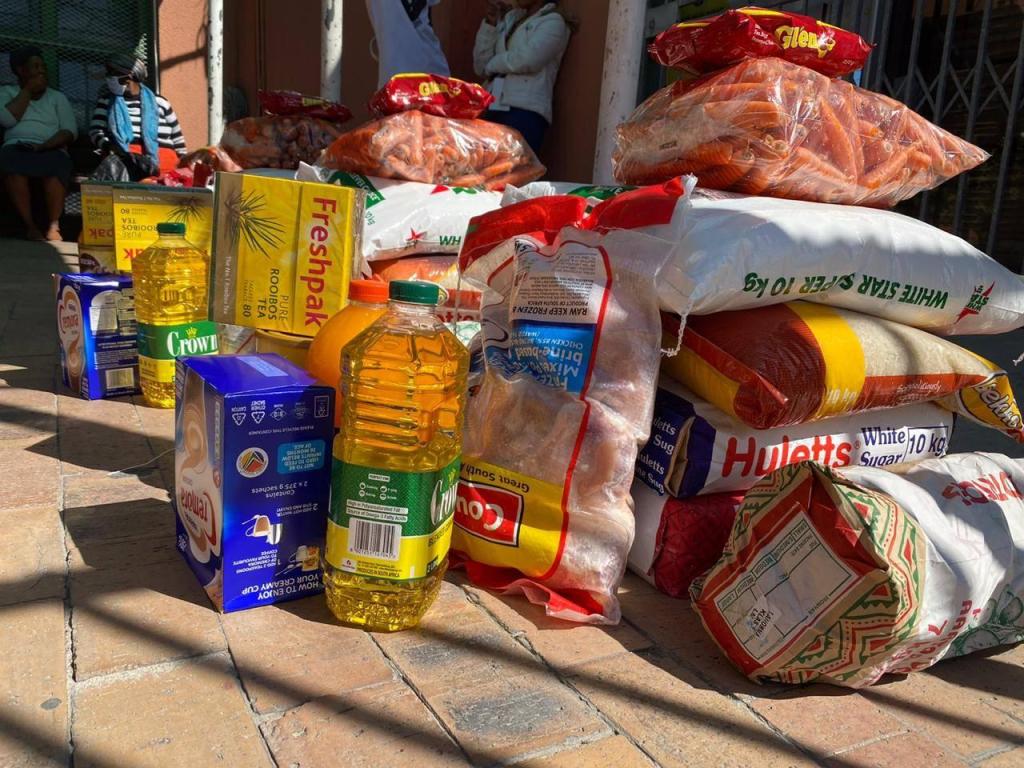Crisis Mitigation and Women Empowerment

Women Empowerment
We are ready to put a smile
on the face of vulnerable persons
The mission of ASSOCIATION FOR THE WELLBEING OF CHILDREN AND VULNERABLE PERSONS is to support and empower the vulnerable populations in our community. These include widows, widowers, orphans, survivors of crisis, victims of domestic abuse, victims of female genital mutilation, and homeless individuals.
Women in Cameroon, especially in rural areas are the focal point of sustainable livelihoods for their families and local communities. Women are usually referred to as the backbone of African communities. As active economic and social agents, women do most household chores, take care of children, and perform the majority of agricultural activities. Their role is crucial for the progress of rural households, local and national economies. In ASOCVP, we ally with the Sustainable Development Goal 5 by the UN to achieve gender equality and empower all women and girls

Crisis Mitigation
We are ready to put a smile
on the face of vulnerable persons
Bambui is one of the most affected sub-divisions in the North West Region due to the ongoing Anglophone Crisis. It has close to 14 IDP farm/bush settlements with about 5000 IDPs living in deplorable situations.
In shelter, due to continuing armed attacks and confrontations, people are forced to live their homes empty handed into the bushes. In the bush, they have nowhere to sleep and as a way to cope with the situation, they turn to prepare thatched houses which are not well secured. They also do not have toilets which leads to open defecation. A significant majority do not have beds or mattresses to sleep on and tend to sleep on bare ground, all this insecurity affects their livelihood.
As concerns WASH, most of these people do not have access to proper sanitation in the bushes. They do not have good drinking water sources and as well do not have proper water storage facilities. These inhabitants turn to share the same drinking water sources with animals in the area which leads to water related diseases such as diarrhea, cholera, dysentery, typhoid and malaria affecting especially the children. These water sources are also contaminated by open defecation from the populations.



